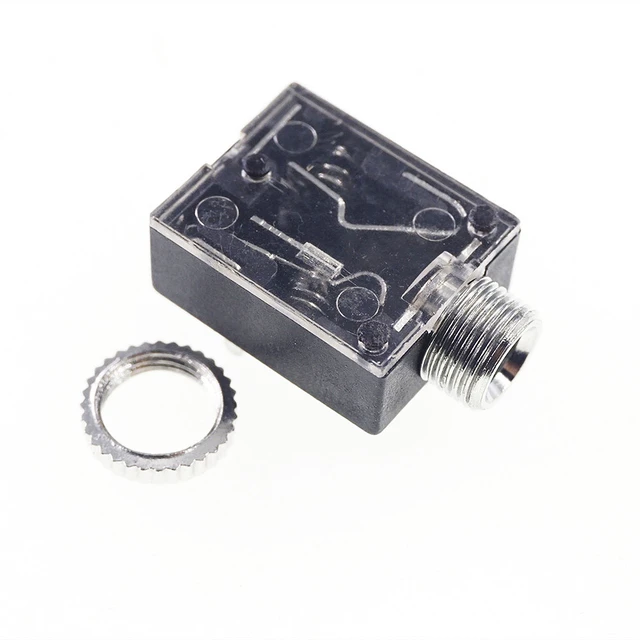danieljm wrote on 2023-02-27, 00:17:Hi all, […]
Show full quote
Hi all,
I'm hoping for a sanity check. I love the idea of making one of these, but I've never ordered PCBs before, or populated a bare board or anything like that. I'm fairly confident in my soldering ability with things like recapping, replacing SMDs and repairing lifted pins. That feels similar to what I'd need to do here, but just a whole lot of it.
So am I crazy for trying something like this? Any advice would be appreciated.
Thanks!
Yes, if you enjoy this sort of work, and have the soldering gear already, then it's worth doing for sure. For the sense of accomplishment, and the adding of skill to your arsenal. SMD work around the 1mm scale is quite doable for hobbyists with basic experience in the area.
Self sourcing components and building may not result in much financial savings (vs buying a built card) - sometimes, even the opposite - depending upon what options are available, and how the shipping costs can be distributed. For example, with some projects, you can end up paying 3 or 4 lots of shipping, if your components aren't all at the same storefront. God forbid you're in a distant country. Or perhaps the card maker is benefitting from economies-of-scale that you don't have. You'll often (i.e. JLC) be paying for a 5 PCB minimum order size, to start with, even if you only want one.
And don't make an ordering mistake and miss just one component, else that'll be (you guessed it) 1 x extra shipping cost added to your overall build bill. The old 'measure twice / cut once' rule. Double check the detail of component names too, because there are plenty of opportunities where 1 character of difference will see you end up with an entirely different-sized component (e.g. TSSOP vs TVSOP). Get a few spares of the tiny cheap passives like 0805 resistors and capacitors, as they can be relatively fragile if you give the odd one an accidental clumsy beating/burning.
Also, as mentioned, don't underestimate the amount of time it'll take. The soldering-on is one thing, but most big jobs, and especially your first cards, will look more like: finding everything, pre-organisation and setup, soldering on, re-doing a few bits you immediately don't like the look of, which as a beginner will involve much fudging around, then the post-work full washing and drying, full inspection under magnification (including for weirdness like a random dot of solder that might've mysteriously ended up in a strange place while you worked), re-doing any imperfections you find, wash and dry again, inspect again, test, [hope it works], if not, go back and do several previous steps again, and then when you're finally done, it's time to start on the bracket. And that's if it all goes well! So you won't want too much else planned, that day.
But if you're into this stuff, then it's a Good Time. The caveats are all part of the good, worthy challenge.
Supporter of PicoGUS, PicoMEM, mt32-pi, WavetablePi, Throttle Blaster, Voltage Blaster, GBS-Control, GP2040-CE, RetroNAS.
